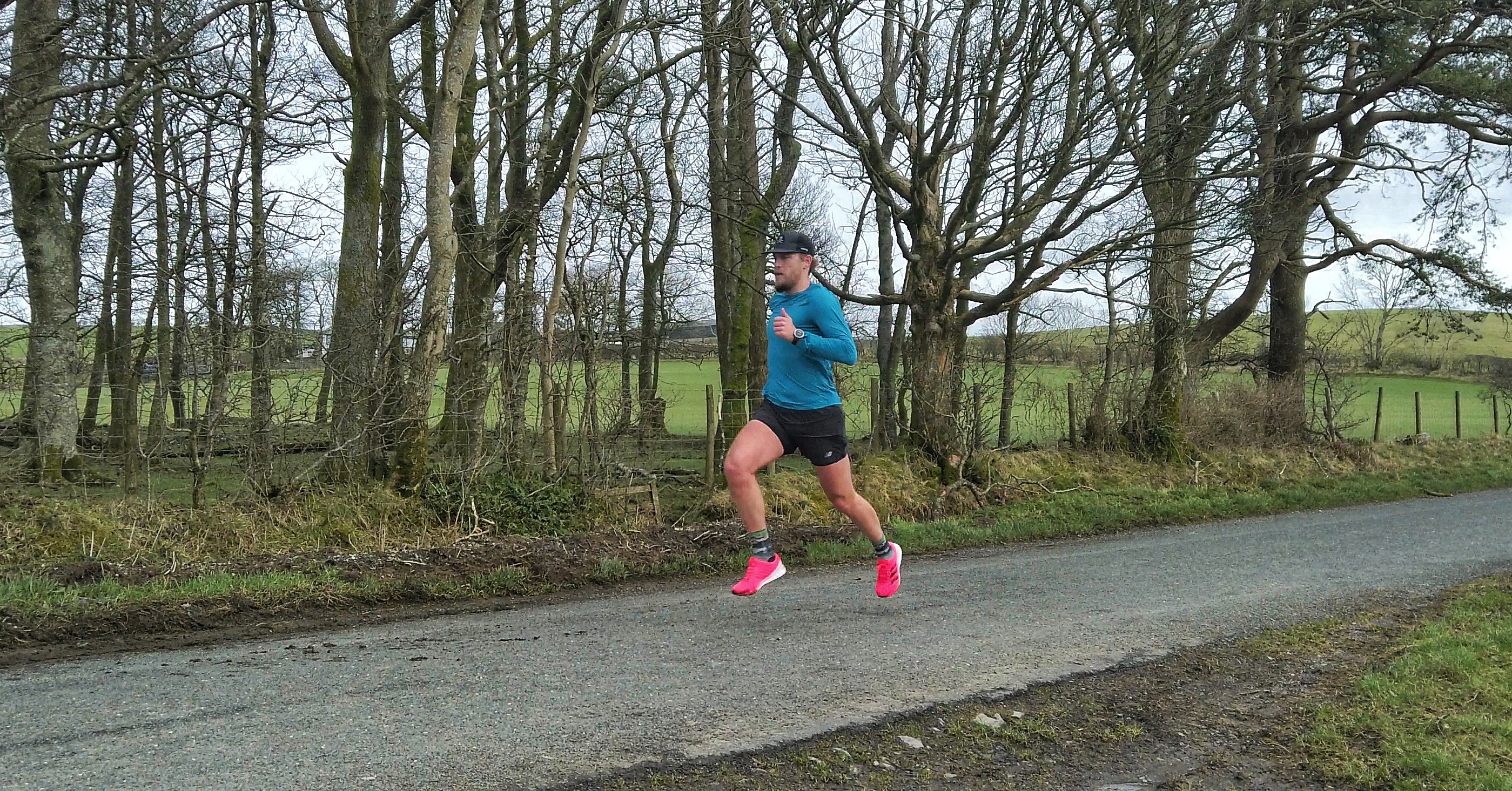The Half Marathon Taper
- Darren Haworth

- Sep 18, 2023
- 3 min read
Preparing for a half marathon can be an exciting and challenging experience. After months of training and hard work, the last few weeks leading up to the race are just as important as the training itself. This is where tapering comes in, and it's crucial to get it right.

WHAT IS A HALF MARATHON TAPER?
The half marathon taper is the final weeks before race day. During these weeks you need to dial down your mileage and let your body rest. Tapering before a half marathon is really important. 13.1 miles is a serious distance, and the training to get there is hard work.
The purpose of the taper period is to let your body rest but to not lose any of the fitness you’ve gained during training. That means you have to plan carefully to strike the right balance. Your workouts will subsequently get shorter and easier, but not too short or too easy.
HOW LONG YOUR HALF MARATHON TAPER SHOULD BE?
Tapering is going to be different for a lot of different runners. For the half it’s generally within the two weeks leading up to race day. 10-14 days is when I start to reduce an athlete’s training volume, the intensity of the session continue but just cut down.
Don’t do any strength training and carry on eating as you were in full training. This will allow your body to rest, recovery and top up its glycogen levels.
HOW TO PLAN YOUR HALF MARATHON TAPER?
Up until now, you’ve worked completing the sessions as per the plan, quality sessions, strength work and rest days. The hard work doesn’t stop! Although the volume starts to reduce, 2 weeks out from race day I like to get the last longer run in but I have had athletes 10 days out completing it.
I build plans that could vary significantly for 2 different athletes. The week prior would still be a longer run but the distance would be pulled back, that distance would vary based on how consistent the athlete has been injury history, goals, experience, and ability.
The week of the race is often light work with some short intervals to keep the legs moving and in shape.
The hardest part for many athletes is the ability to pull back on training so they don’t go into the race tired, where they have the fitness but show up with fatigue. The important part is fine-tuning nutrition and hydration prior to the taper.
An athlete could run 10 miles or 14 miles 2 weeks out on the long run. 1 week out, the distance could be 8 to 10 miles on the long run.
Two weeks out, I often will keep speed and hill workouts in if appropriate. But speed work is often a way people get injured. If an athlete is injury prone and has trained inconsistently with the main goal of finishing, the plan would be to lower at the end, cutting out the speed work.
WHAT TO EXPECT DURING TAPERING FOR YOUR HALF MARATHON.
This phase can be more mentally challenging than anything else. You may start to feel a little anxiety as you’ve spent the last couple of months working hard. You’ve laced up turned up at least 3 times a week. You’ve kept up with cross training and strength workouts diligently.
Now that race day is right around the corner, pre-race jitters will start to take over.
Am I doing enough to make the most out of this race?
What if I lose the stamina I’ve worked so hard to build?
Having to take it easy for a couple weeks will feel strange, but in the end the taper will make you stronger and even more ready for race day.
You will have more free time on your hands, try some other foam of low impact exercise, swimming, walk or cycling are normally a good switch. Try nailing down your nutrition and work on some race day prep.







Comments